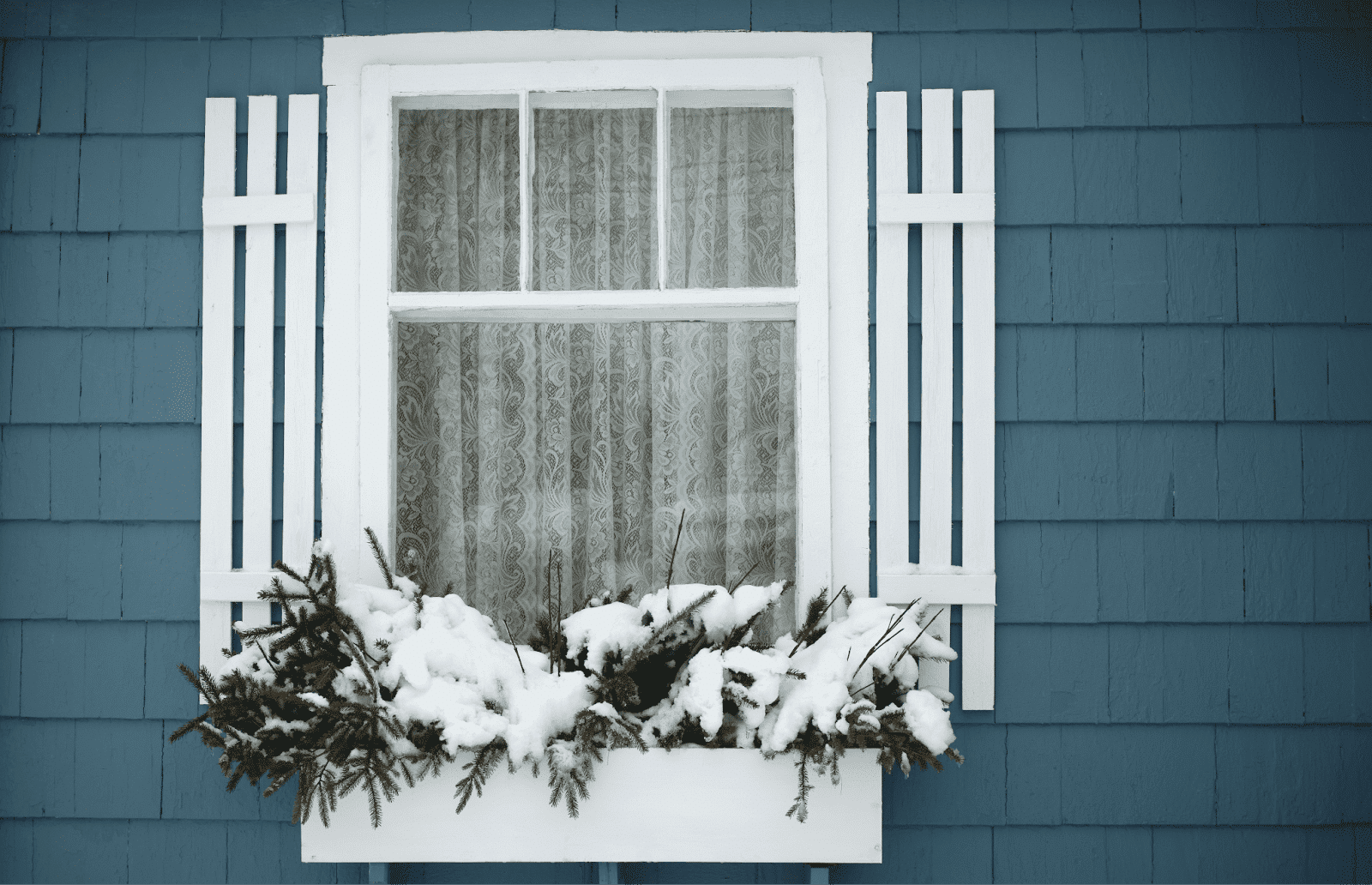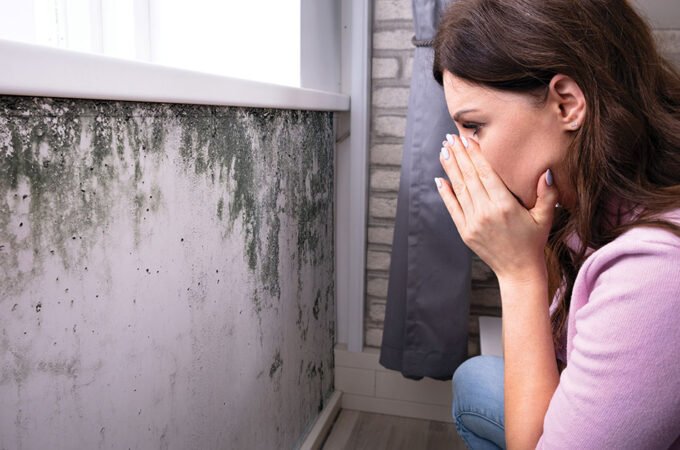
Winter-Proof Your Home: How to Detect and Seal Air Leaks
Winter is just around the corner, so it’s time to start preparing your home for the cold weather. One of the most important things you can do to keep your home warm and cozy during the winter months is to make sure there are no air leaks. Air leaks let in cold drafts, waste energy, and increase heating bills. Call a furnace contractor to help you winter-proof your home as soon as possible.
But before you do that, here are a few tips on detecting and sealing air leaks in your home:
Table of Contents
ToggleCheck Doors and Windows
The first place you should check for air leaks is around your doors and windows. These are the most common areas where drafts can enter your home. To check for leaks, close all doors and windows and hold a lit candle near the edges. If the flame flickers or goes out, you have an air leak.
To seal these leaks, apply weather stripping or caulking around the edges of your doors and windows. This will create an airtight seal and prevent cold air from entering your home.
Inspect Chimney and Attic
Another common area for air leaks is through chimneys and attics. Check for any cracks or gaps in the chimney and any openings in the attic walls or ceiling. These openings can easily let in cold air, so it’s essential to seal them up.
To seal chimney cracks, use a high-temperature caulk or fireplace cement. For openings in the attic, use expanding foam insulation or weather stripping to create an airtight seal.
Don’t Forget About Outlets and Switches
Believe it or not, outlets and switches can also be sources of air leaks. To check for leaks, hold a lit candle near the outlet or switch. If you notice the flame flickering, there is an air leak.
To seal these leaks, use foam gaskets or caulking around the edges of the outlets and switches. This will create an airtight seal and prevent drafts from entering your home.
Check Pipes and Vents
Pipes and vents are common sources of air leaks, especially in basements and crawl spaces. Check for gaps or cracks around these areas and seal them with foam insulation or weather stripping. This will prevent drafts and help prevent these areas from freezing during the winter.
Consider Installing Storm Windows or Doors
If you have older windows and doors, consider installing storm windows and doors for added insulation. These can help to prevent air leaks and improve your home’s energy efficiency. They are also relatively easy to install and can make a big difference in keeping your home warm during winter.
Schedule Regular Furnace Maintenance
In addition to sealing air leaks, it’s also important to schedule regular maintenance for your furnace. This will not only help to ensure that your furnace is running efficiently, but a professional can also check for any potential air leaks in your heating system.
By detecting and sealing air leaks in your home, you can improve energy efficiency, lower your heating bills, and stay warm and cozy all winter. So don’t wait until the cold weather sets in – start winter-proofing your home today!






